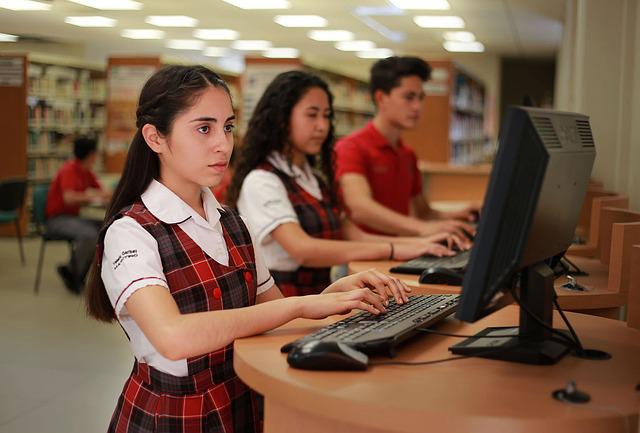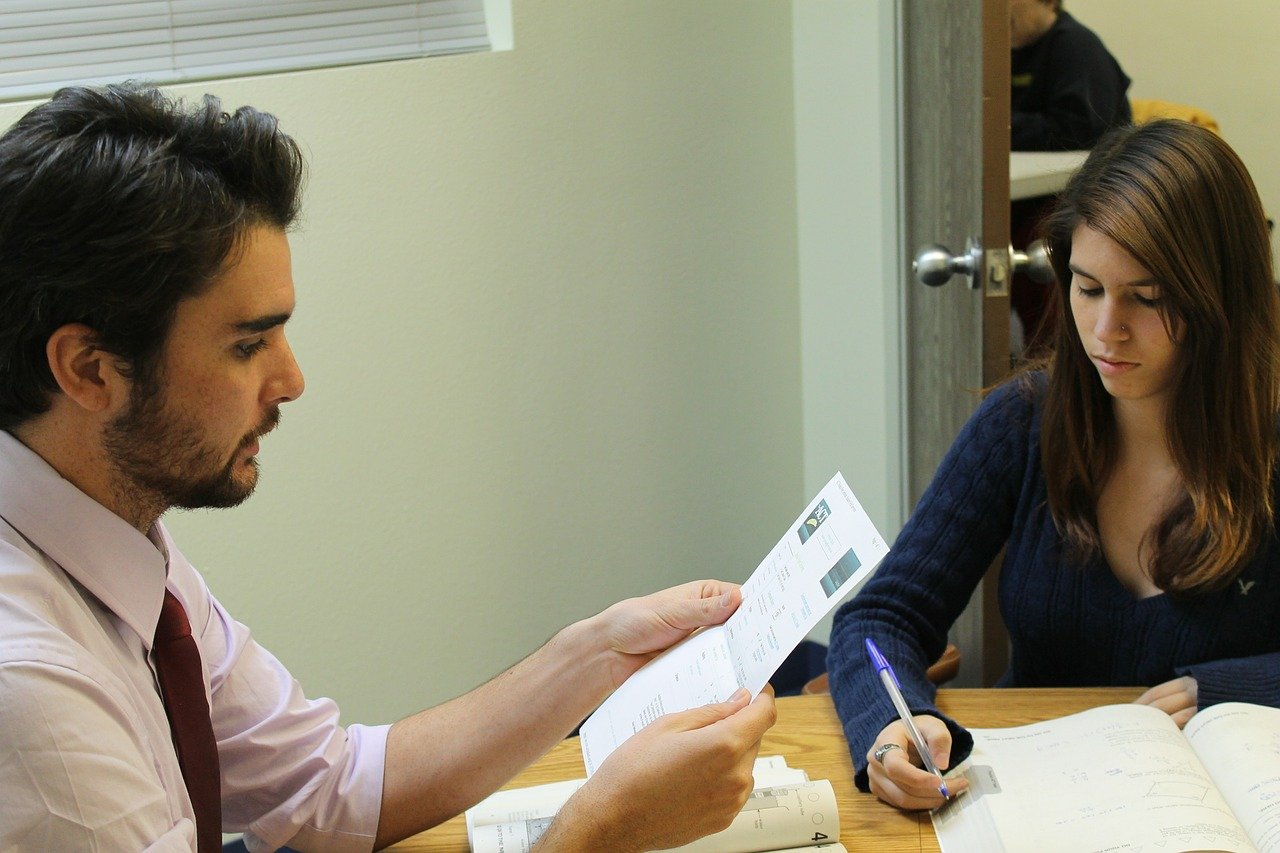K-12 is a common terminology used in educational areas in numerous countries. The K-12 classroom technology is a short form for school grades starting from kindergarten to the 12th grade. K-12 education sets a strong foundation as it focuses on the child’s academic career by providing knowledge and skills imperative for success in any walk of life.
These classrooms play an important part in nurturing responsible students who will take up the challenges of adulthood in the most positive manner. Benefits attached to K-12 education are that these classrooms vouch for complete academic preparation needed for higher studies, help in the emotional development of a child, give exposure to varied perspectives and cultures, and provide numerous opportunities for extracurricular development.
More than 15% of students in K-12 classrooms are English language learners, and this number is continuously rising. These kids have unique educational needs, and the teachers must practice the best and most effective teaching strategies and attend Professional Development for K-12 Educators courses to address them.
The key strategies that can be effective in English language learning for K-12 classrooms may include:
- Nurture a strong relationship with kids
A successful educator is one who makes the students feel appreciated, known, and comfortable. It is important to create an emotional connection, which will require continuous planning and messaging.
The teachers must appreciate and embrace the culture of the students to lay a foundation of trust and consider supporting students who might not have attended a K-12 classroom before. The first thing is to make the student feel at ease. The teacher needs to create a supportive environment and appreciate the diversity to create an optimal classroom environment.
- Teach as per the Curriculum
The K-12 classroom English language learners must never learn the language in isolation. It is important that they apply the skills while studying other academic content too. As language teachers, it is important to familiarize the students with vocabulary that may be helpful in all other subjects.
- Opt for productive language skills
The teachers know that productive language skills are difficult to master. They need to focus on language fluency, improve speaking and writing skills, and help students master the art of language confidently. The students must not feel hesitant in the class. English language learners often focus on language skills like reading and listening, but as educators, it is important to focus on both the oral and written parts of the language.
- Speak at a pace that is easy to understand
Implementing this simple change can be very effective for learners. Teachers may also record the lectures for future reference. It is important for effective learning that you give ample time to the students to translate and process the learning. It will help to develop the answers in a better way.
- Use different methods to enable learning
It is imperative for any educator to provide their students with numerous options to grasp the information, process the same, and form ideas according to this learning. Better known as differentiated instruction, this educational practice recognizes the unique challenges, aptitudes, interests, and learning styles of the students. The instructions can be tailored to meet the individual needs of learners.
The students of the English language learn better if they use different methods to use the study material. The learning process must involve efficient use of speaking, writing, drawing, and listening.
- Use of visual aids
The use of visual aids while learning the English language helps to connect to the basic rule of differentiated instruction. This form of teaching is central and instrumental in teaching English language learners. The students are more visual learners and can process and digest new concepts with the help of charts, presentations, diagrams, pictures, and other visual tools.
This non-linguistic way of teaching can be clubbed with the traditional component to benefit each student in a unique way. It is not only for English language learners but also for every other K-12 student. In addition to these visual aids, the teachers can also use the board so that the children can see what they hear and process the information immediately.
- Build on the group work
It is important to carry out team-based activities to involve the whole class. These activities are very helpful in building team skills and give a boost to confidence. These team activities also provide an additional opportunity for English language learners to practice their skills with their friends in a comfortable setting.
Conclusion:
Teachers who support English language development in K-12 classes must focus on the techniques, skills, and best practices mentioned above. All these tips will benefit English language learners and will integrate language learning with other academic content in a linguistically diverse setup.





![Top 10 Sunscreen Manufacturer [Tested & Reviewed]](https://pantheonuk.org/wp-content/uploads/2024/01/Factory-images-350x250.png)
